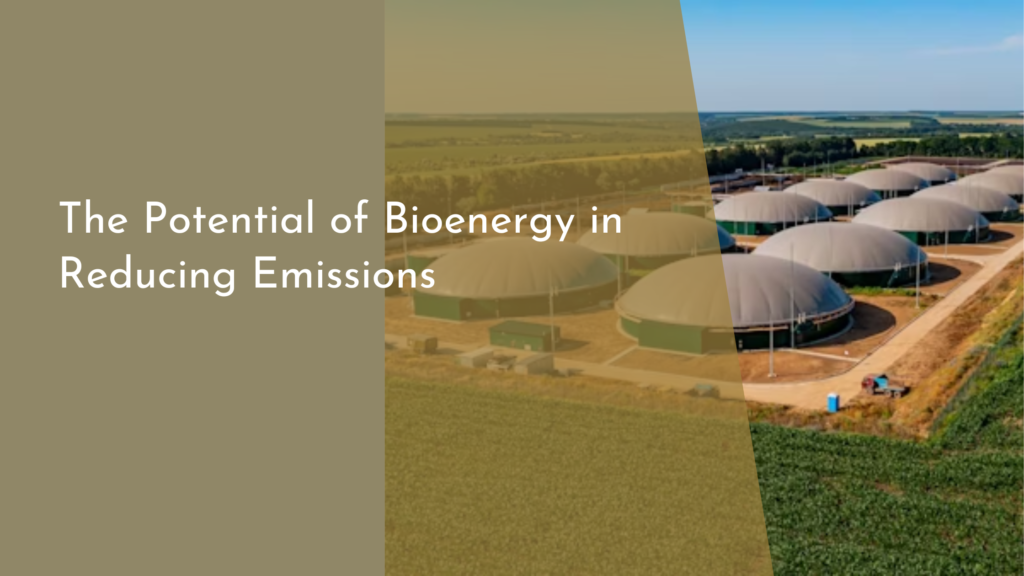The Role of Water Harvesting in Agriculture
Water is the lifeblood of agriculture, yet its scarcity poses a significant challenge to farmers worldwide. As the demand for food production increases due to rising populations, sustainable water management becomes crucial. Water harvesting, the practice of collecting and storing rainwater and runoff for agricultural use, offers a promising solution. This article explores the role of water harvesting in agriculture, examining how it addresses water scarcity, the techniques involved, its benefits, and future possibilities for making agriculture more resilient and productive.
Understanding Water Scarcity in Agriculture
Water scarcity is a growing concern in agriculture, exacerbated by climate change, population growth, and increased competition for water resources. In many regions, farmers face the challenge of insufficient rainfall and dwindling water supplies, which severely impact crop yields and food security. The situation is particularly dire in arid and semi-arid areas where water is a limited resource, making efficient water management practices essential for sustainable farming.
Traditional water sources, such as rivers and underground aquifers, are under immense pressure due to over-extraction and pollution. This has led to a pressing need for innovative solutions like water harvesting to supplement these conventional sources. By capturing and storing rainwater, farmers can better manage their water resources, ensuring they have a more consistent supply for irrigation, even during dry spells. This not only enhances agricultural productivity but also secures livelihoods dependent on farming.
Techniques for Effective Water Harvesting
There are various techniques for water harvesting, each suited to different landscapes and climatic conditions. One common method is the use of small dams or bunds to capture surface runoff during rainfall events. These structures slow down water flow, allowing it to seep into the ground or be stored in reservoirs for later use. Terracing, another effective technique, involves shaping the land into a series of step-like platforms that can hold rainwater, reducing erosion and maximizing water infiltration.
Rainwater collection systems, such as rooftop catchments, are also popular in many agricultural communities. These systems channel rainwater from rooftops into storage tanks, providing a reliable supply of water for irrigation and other farming needs. Additionally, the use of ponds and underground cisterns offers long-term storage options, ensuring that water is available throughout the growing season. Implementing these techniques requires an understanding of local weather patterns and soil conditions, but when done effectively, they can greatly enhance water availability for agricultural use.
Benefits of Implementing Water Harvesting
The benefits of water harvesting in agriculture are manifold. Foremost among them is the increased resilience to climate variability. By securing a reliable water supply, farmers can better navigate periods of drought or irregular rainfall, ensuring their crops receive adequate moisture throughout the growing cycle. This not only boosts crop yields but also improves food security for communities dependent on agriculture.
Moreover, water harvesting contributes to environmental sustainability by reducing the pressure on natural water sources. It helps in recharging groundwater levels and minimizing soil erosion, leading to healthier ecosystems. Financially, water harvesting can reduce costs associated with purchasing water or investing in costly irrigation infrastructure. By making farms more self-sufficient, water harvesting can empower farmers, improving livelihoods and fostering economic stability in rural areas.
Concluding Thoughts on a Brighter Agriculture Future
As we look towards a future challenged by climate change and population growth, water harvesting emerges as a vital tool in creating a sustainable agricultural landscape. By harnessing the power of rainwater, farmers can adapt to changing conditions, protect their crops, and contribute to global food security. The implementation of water harvesting techniques not only addresses immediate water needs but also builds a resilient agricultural system for future generations.
Incorporating water harvesting into agricultural practices requires collaboration between governments, communities, and farmers. By investing in research, education, and infrastructure, we can unlock the full potential of water harvesting, paving the way for an innovative and sustainable approach to farming. With these efforts, we can cultivate a future where agriculture thrives, even in the face of water scarcity challenges.
Water harvesting represents a beacon of hope for farmers grappling with water scarcity. Its potential to transform agriculture into a more sustainable, resilient, and productive endeavor is immense. By embracing and expanding these practices, we can ensure that agriculture continues to flourish, feeding the world while safeguarding our precious water resources. As we move forward, let us do so with optimism, knowing that solutions like water harvesting hold the key to a more promising agricultural future.


